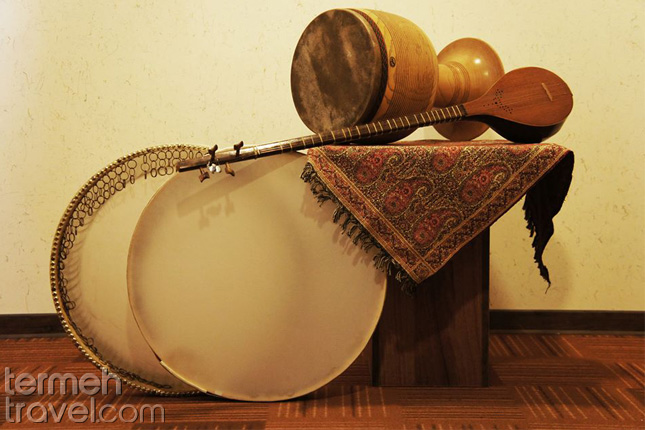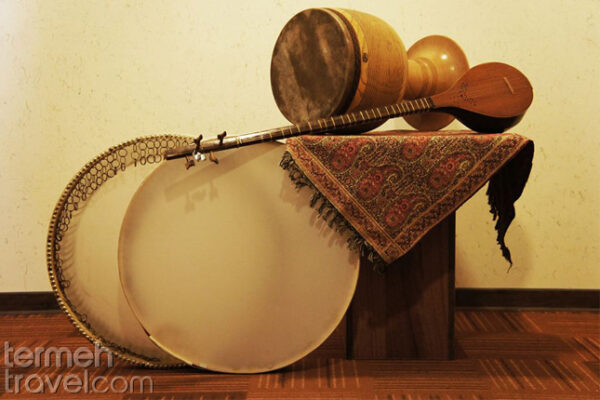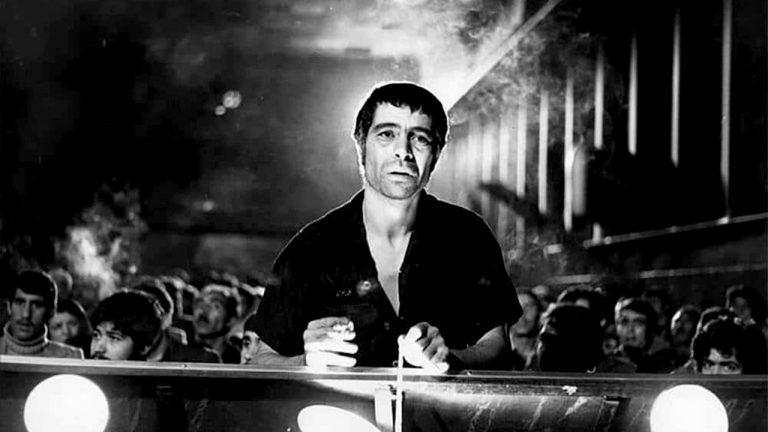Critics often say the ultimate role of literature is to make you feel like never before and do the unimaginable. Or as Rebecca Solnit masterfully puts it “A book is a heart that only beats in the chest of another.”
Forugh Farrokhzad uses her illustration skills so vividly that, her poetry scenes come to life in front of the reader. You can even find yourself inside the life of an Iranian girl in the 1930s, making earrings and nail polish with cherries and Dahlia petals:

“
… I shall wear
a pair of twin cherries as ear-rings
and I shall put dahlia petals on my finger-nails
there is an alley
where the boys who were in love with me
still loiter with the same unkempt hair
thin necks and bony legs
and think of the innocent smiles of a little girl
who was blown away by the wind one night…
“
(Forugh Farokhzad-1963)
Forugh is not only a poet, but she is also an inspiring woman for Iranian female society. Young Iranian girls see her as an icon. Forugh Farrokhzad is a female role model that passionate female teenagers can look up to. Her rebellious spirit, her eagerness for change, and her delicate emotions are the factors that differentiate her from others.
On a freezing day of winter, when crows fly around an empty pool, and sing their mysterious songs, the journey of Forugh Farrokhzad begins.
The Wind Will Take Us: Forugh Farrokhzad’s Life Story

Forugh Farrokhzad was born in a Persian family with a military father and a housewife mother on Dec 29th, 1934. Forugh, her brother Fereydoon, and her sister Pouran learned that they had to obey their strict military father’s rules. However, being obedient was not in Forugh’s blood, so some of her decisions irritated her father and disappointed her mother.
َForugh’s relationship with her father was complicated. Although her father did not approve of all her decisions and tried to raise her strictly, he introduced Forugh Farrokhzad to Persian literature and adored her talent in his own way. When Forugh became a teenager and started writing romantic poems, she was afraid of her father’s reaction and did not publish her work.
Her father did not even approve of her marriage choices. When she was 16, she fell in love with an artist called Parviz Shapour, who was 15 years older than her. After a passionate marriage experience at first, Forugh left her husband and returned to her father’s home multiple times, even when she was pregnant with her son. Their marriage only lasted for five years.

Forugh Farrokhzad’s feelings for her husband and son, her mood swings, and her free spirit influenced her to write some of her most authentic, raw, and beautiful poems.
She explains about her intense love, having no regret and not getting what she deserved in this relationship. You can watch a documentary about her life called “Sarde Sabz” or the Cold Green on YouTube.
Also, one of the most conventional and popular poems of Forugh Farrokhzad, named “Sin,” was written at that time, which made many traditional Iranians uncomfortable.
“
… I sinned a sin full of pleasure
beside a body, trembling and unconscious.
O’ God I know not what I did
in that dark, silent, secluded place …
“
(Forugh Farokhzad-1951)
The House is Black: Forugh Farrokhzad as a FilmMaker
When Forugh Farrokhzad was in her twenties, she started to experience cinema and filmmaking. Her encounter with cinema introduced Forugh to Ebrahim Golestan, who is one of the most skilled Persian writers and filmmakers, and this encounter started a romantic relationship.
Around 1962, Forugh made her first film called “Khaneh Siyah Ast,” or The House is Black with Ebrahim Golestan as the producer. It was filmed in a leper/plague colony to portray the sufferings and pains of this group of people. Although the movie’s general theme is about pain, there is a nice representation of hope and life’s beauty, which moderates the atmosphere and makes the narration more authentic.

The House Is Black became an important piece of art in Persian cinema. Eric Henderson, the movie critic, describes this documentary as “The House is Black authoritatively clears the path for such aesthetic dilettantism.” Nowadays, it is one of the movies known in the international world, and people still admire the film’s subject, its directory, and its scenes. It is ranked 101 on the greatest films of all time on the Sight and Sound list.
While shooting this documentary in the leper colony, Forugh got attached to a young boy who was also suffering from lepers and adopted him later.
In this documentary, Forugh Farrokhzad uses her poems to describe life from her own perspective and says:
“
… And there is no one among us who knows
How long will it be
The harvest season is over. Summer is over
And we were not saved
We complain like a cuckoo for justice, and it is none
We are waiting for the light, and now it is dark
And you, The rich stream that your love is driving
Come to us
Come to us
“
(Forugh in The House Is Black-1962)
Someone Who Is Not Like Anyone: Forugh and Feminism in Iran

When we talk about the women’s rights movement in Iran, some inspiring women stand out, and Forugh is one of them. What she did as a Persian woman was a revolution in the history of Iranian art. She is one of the first female poets to destroy the concepts of passiveness and shame for women. She illustrated love and extreme passion in her poetry through vivid descriptions aesthetically.
After publishing her first poetry album, the feedback showed that talking about womanhood was taboo. Many people got uncomfortable reading her explicit poems and showed their dissatisfaction to Forugh Farrokhzad by their negative reviews. Later, when she was
20 years old and published her second book, she proved herself to more people and gained more acceptance although still keeping the erotic themes.
“…I know a sad little fairy
who lives in an ocean
and ever so softly
plays her heart into a magic flute
a sad little fairy
who dies with one kiss each night
and is reborn with one kiss each dawn.”
(Forugh Farokhzad-1963)
You can listen to the complete version of Another Birth on YouTube.

On February 13, 1967, Forugh Farrokhzad died in a car accident and left her art as her legacy.
As she artfully says:
“Keep the flight in mind, The bird shall one day die.”







Leave a Comment